Every home has its secrets, but some hidden issues can cause big problems if left unchecked. From unnoticed water leaks to silent electrical hazards, these problems can escalate quickly and lead to costly repairs. Taking the time to address these hidden concerns now can save you stress and money down the line. Let’s uncover what might be lurking in your home and how to fix it before it’s too late.
Leaky Pipes
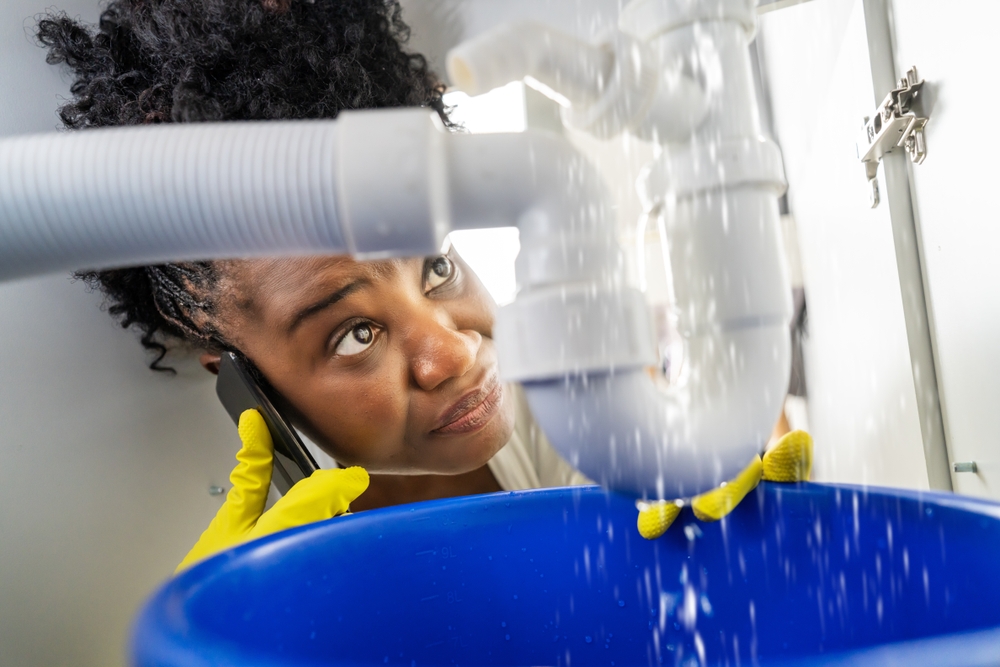
Leaky pipes may not be immediately visible, but they can cause significant damage over time. Hidden behind walls or under floors, even a small leak can lead to mold growth, structural damage, and increased water bills. It’s essential to check for discoloration, damp spots, or a drop in water pressure to catch leaks early. If left unaddressed, these leaks can weaken foundations or cause costly repairs due to water damage.
Faulty Wiring
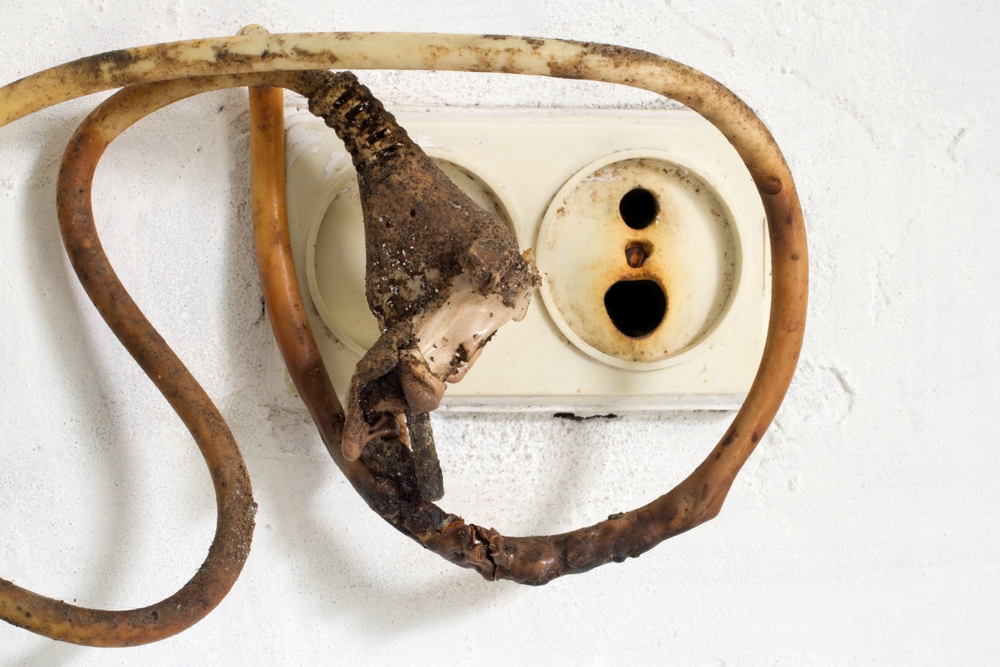
Old or damaged wiring is one of the most common causes of electrical fires in homes. If your home has flickering lights, buzzing sounds, or outlets that feel warm to the touch, these may indicate wiring issues. Homes over 40 years old often have outdated wiring systems that can’t handle the electrical load of modern appliances. Addressing faulty wiring ensures your home’s safety and prevents possible fire hazards.
Poor Insulation
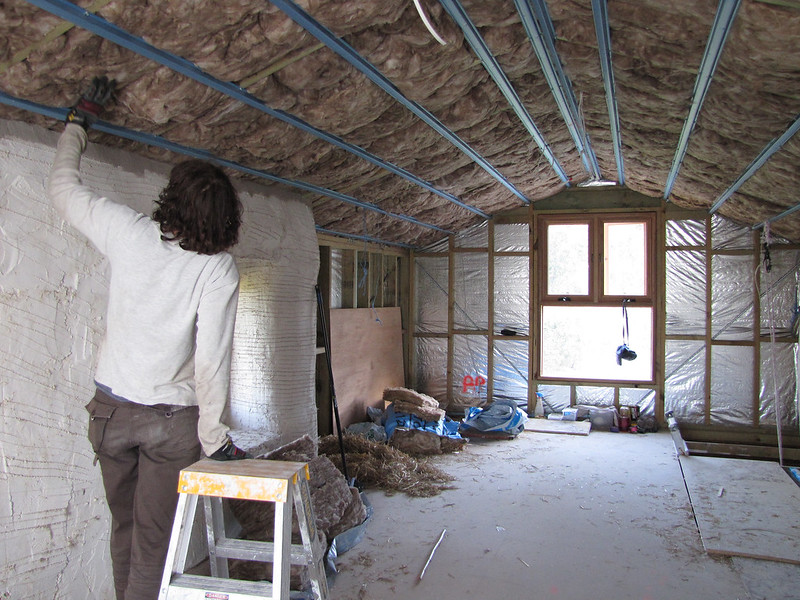
Inadequate insulation is often hidden in attics, walls, and basements. If your home struggles to stay warm in winter or cool in summer, poor insulation could be the cause. This issue leads to high energy bills and discomfort throughout the year. Installing proper insulation, such as fiberglass or spray foam, will help regulate temperature, reduce energy consumption, and improve overall comfort.
Foundation Cracks
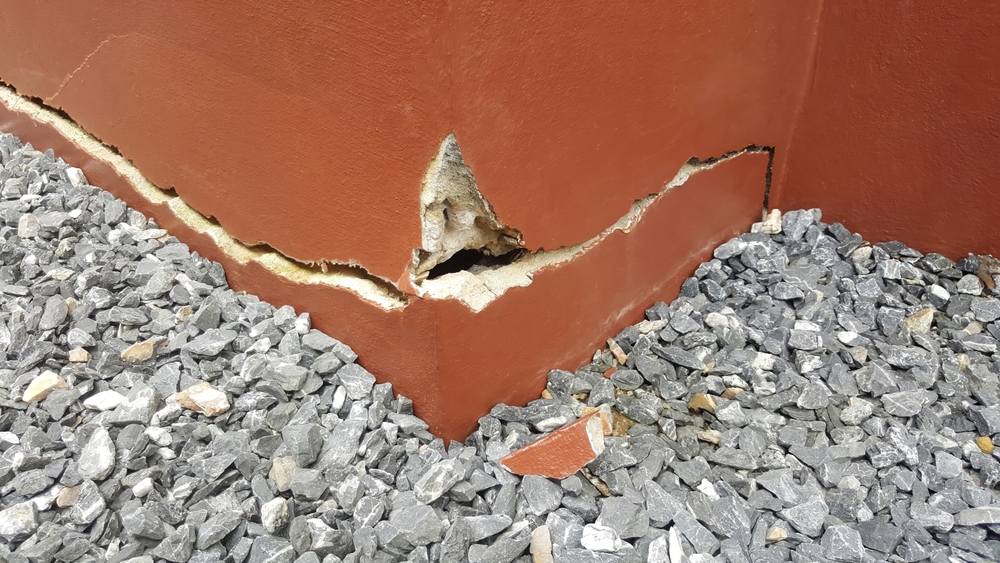
Cracks in the foundation may seem small, but they can expand and lead to serious structural problems. These cracks can allow water to seep in, causing further damage to the home’s foundation and promoting mold growth. Addressing foundation cracks early with professional sealing or repair will prevent expensive fixes down the line and ensure the stability of your home.
Mold Growth
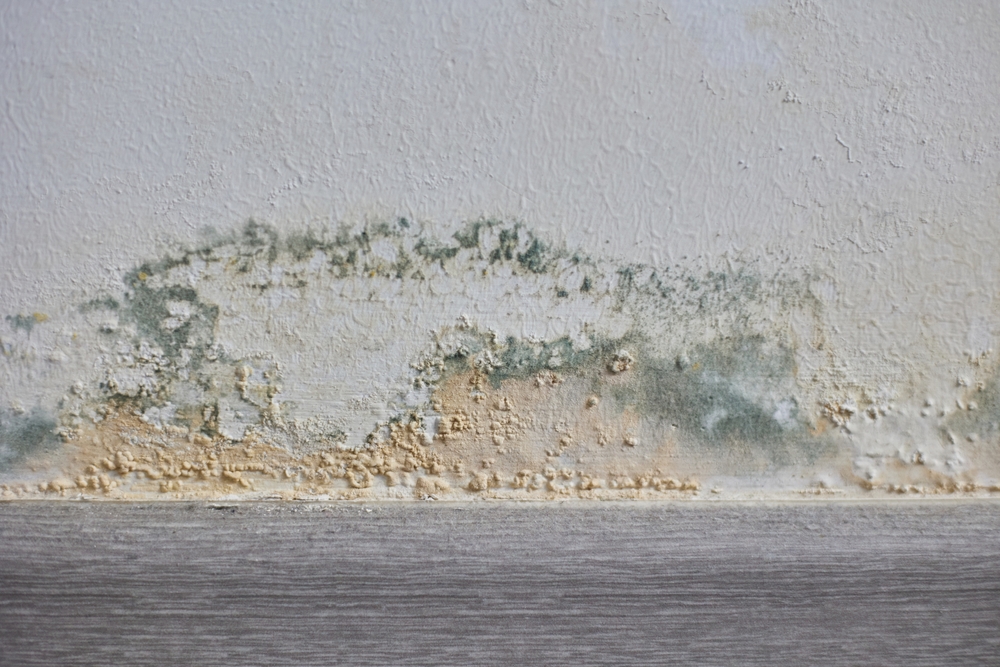
Mold can easily grow in damp, dark spaces such as basements, bathrooms, and behind walls. It can affect indoor air quality and lead to respiratory issues for those living in the home. Mold often goes unnoticed until it has spread extensively, so it’s crucial to check for musty odors, discoloration, or moisture in areas prone to dampness. Proper ventilation and moisture control can prevent mold growth and improve your home’s air quality.
Termite Infestations
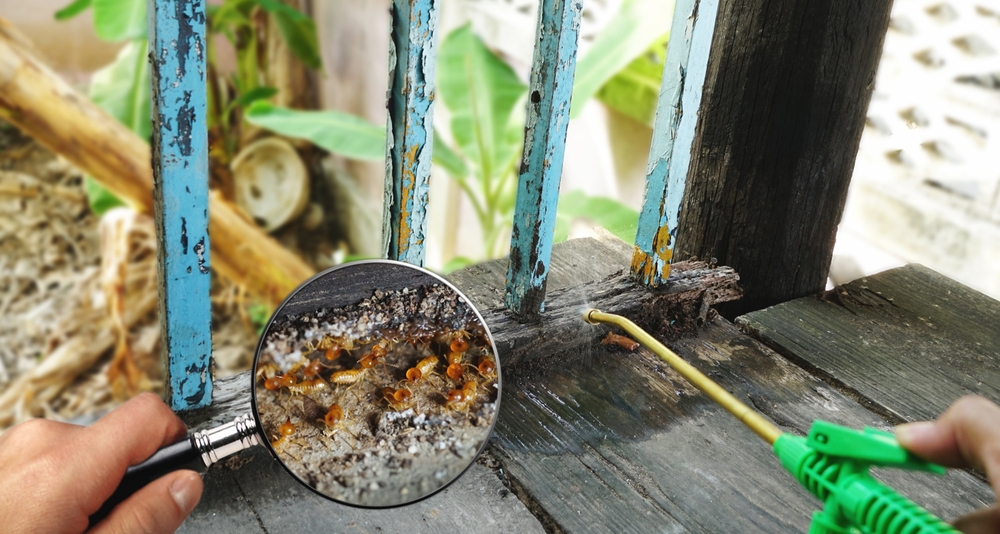
Termites can cause extensive damage to wooden structures in your home without any visible signs. They often eat away at wood from the inside, leaving surfaces looking normal while causing structural damage. Regular inspections and treating wood with termite-resistant coatings can help prevent infestations. Addressing this issue early will protect your home’s foundation and save you from costly repairs.
Roof Leaks
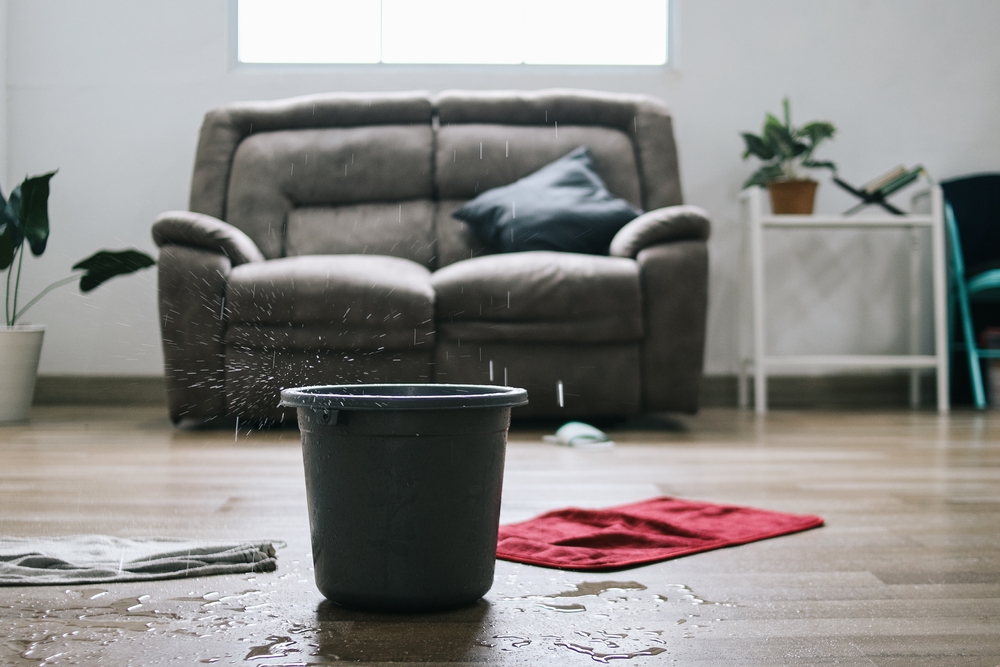
A small roof leak may go unnoticed, but it can lead to significant water damage if left untreated. Leaks can cause mold growth, rotting wood, and damage to your home’s ceilings and walls. Inspect your roof regularly for missing shingles, damaged flashing, or pooled water, and address leaks as soon as possible to avoid further damage.
Clogged Gutters
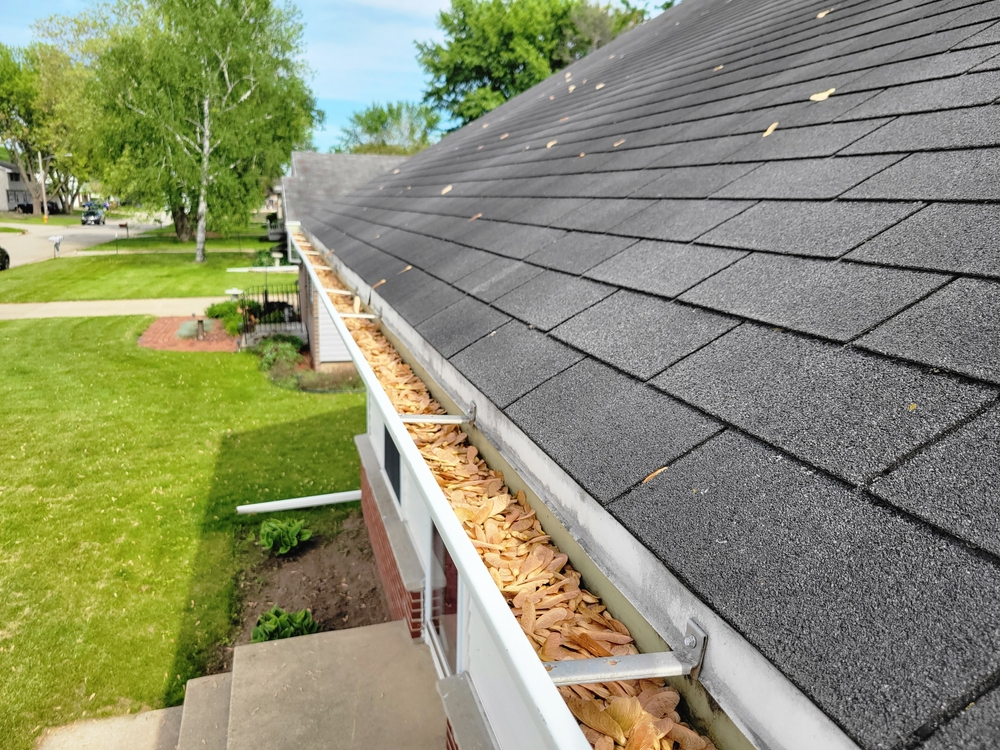
Gutters may be out of sight, but they play a crucial role in protecting your home from water damage. When clogged with leaves, debris, or dirt, they can cause water to overflow and seep into the foundation, leading to mold growth or basement flooding. Cleaning your gutters regularly ensures that rainwater flows properly away from your home, preventing costly water-related damage.
Pest Infestations
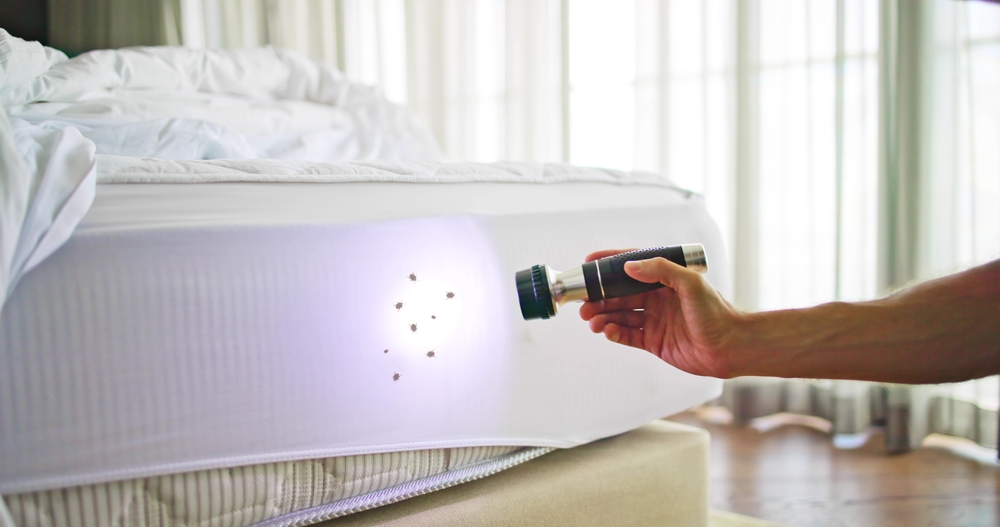
Rodents, ants, and other pests can find their way into your home through small cracks or openings. Not only do they cause damage by chewing on wires and insulation, but they can also carry diseases that pose health risks. Regular inspections and sealing entry points can help prevent infestations and keep your home pest-free.
Radon Gas
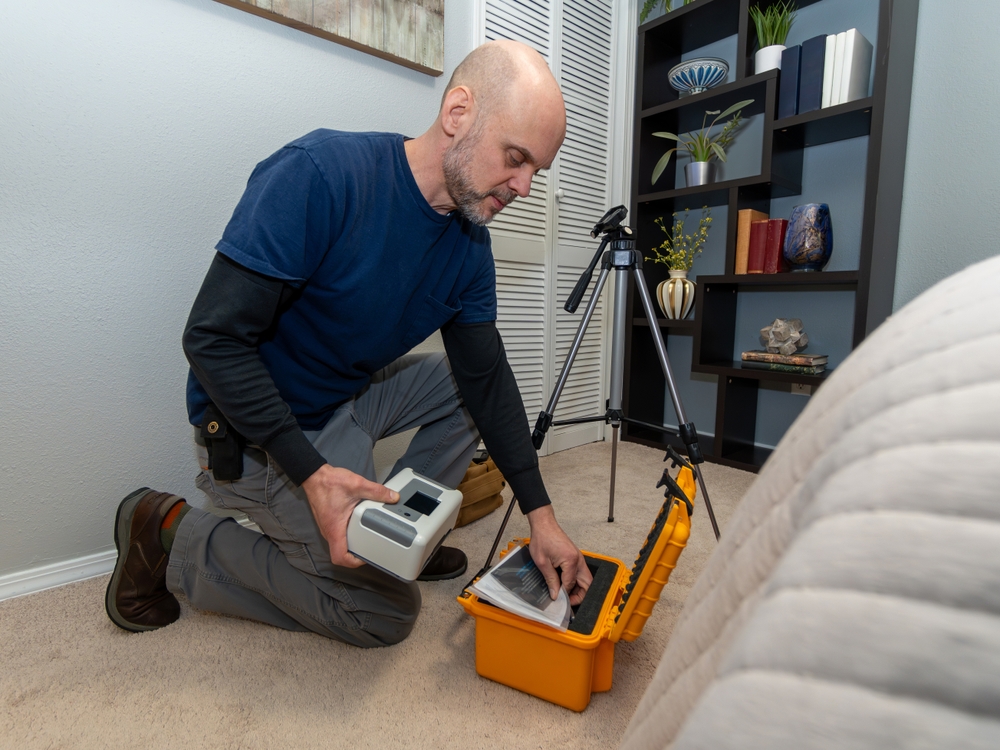
Radon is a colorless, odorless gas that seeps into homes from the ground and is a leading cause of lung cancer. It can accumulate in basements or poorly ventilated areas without detection. Testing your home for radon and installing a mitigation system if necessary can significantly reduce health risks and ensure your home’s safety.
Inefficient Windows

Old or inefficient windows can lead to heat loss in the winter and heat gain in the summer, driving up energy costs. Windows with single-pane glass or poor seals allow drafts to enter, making it harder to maintain a comfortable indoor temperature. Upgrading to double-pane or energy-efficient windows can reduce energy bills and improve your home’s overall comfort.
Water Heater Issues
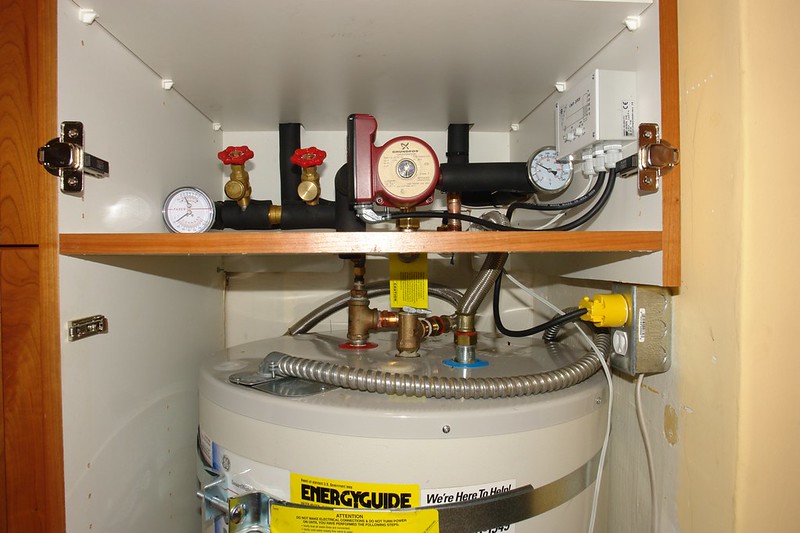
Water heaters are often tucked away in basements or closets, making it easy to overlook their maintenance. Over time, sediment builds up in the tank, reducing efficiency and potentially causing leaks. Flushing your water heater annually and checking for signs of corrosion or leaks will help extend its lifespan and ensure it runs efficiently.
Hidden Asbestos
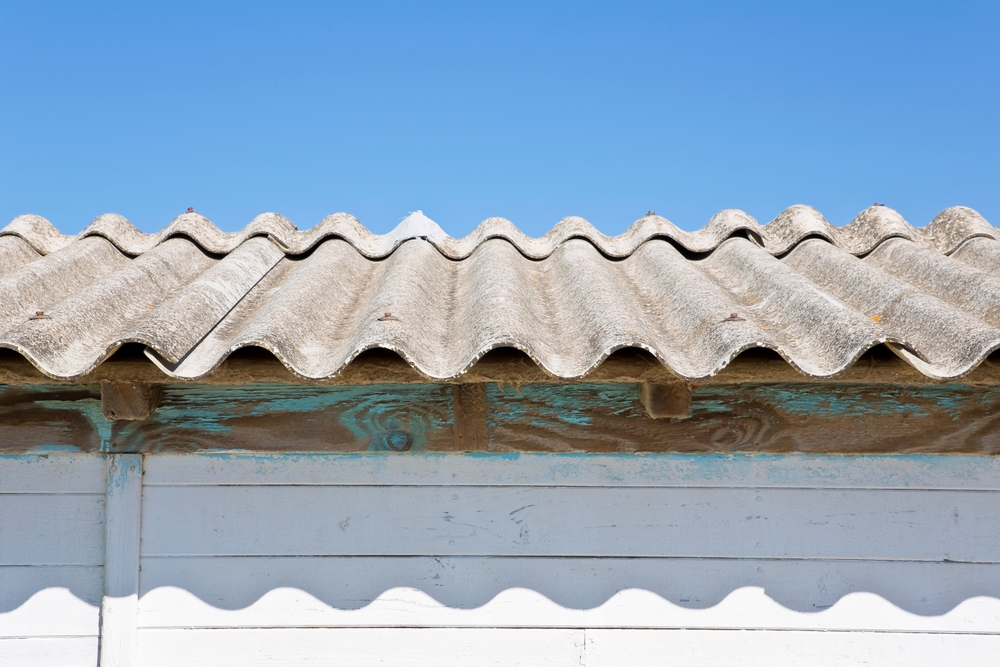
Older homes may contain asbestos in insulation, flooring, or other building materials. Asbestos becomes a health hazard when it is disturbed, releasing fibers into the air that can cause lung disease or cancer. If you suspect asbestos in your home, it’s important to have it professionally inspected and removed to ensure a safe living environment.
Outdated Plumbing
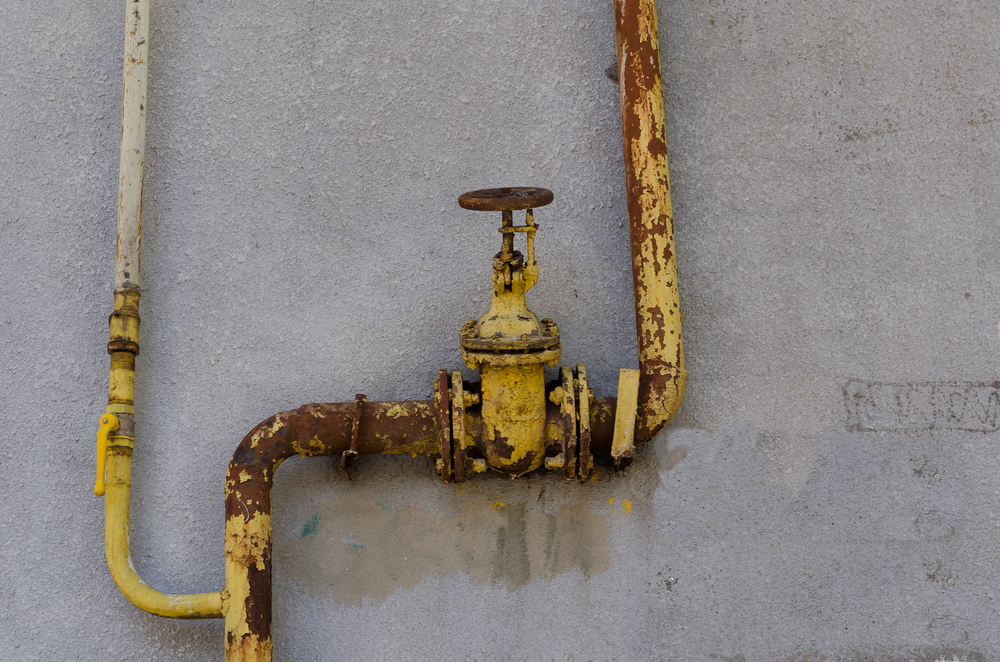
Old plumbing systems, especially those made from galvanized steel or lead, can corrode and lead to water quality issues. This can cause reduced water flow, leaks, and even contamination of drinking water. Replacing outdated plumbing with modern materials like copper or PEX ensures better water quality and helps prevent future plumbing issues.
Poor Ventilation
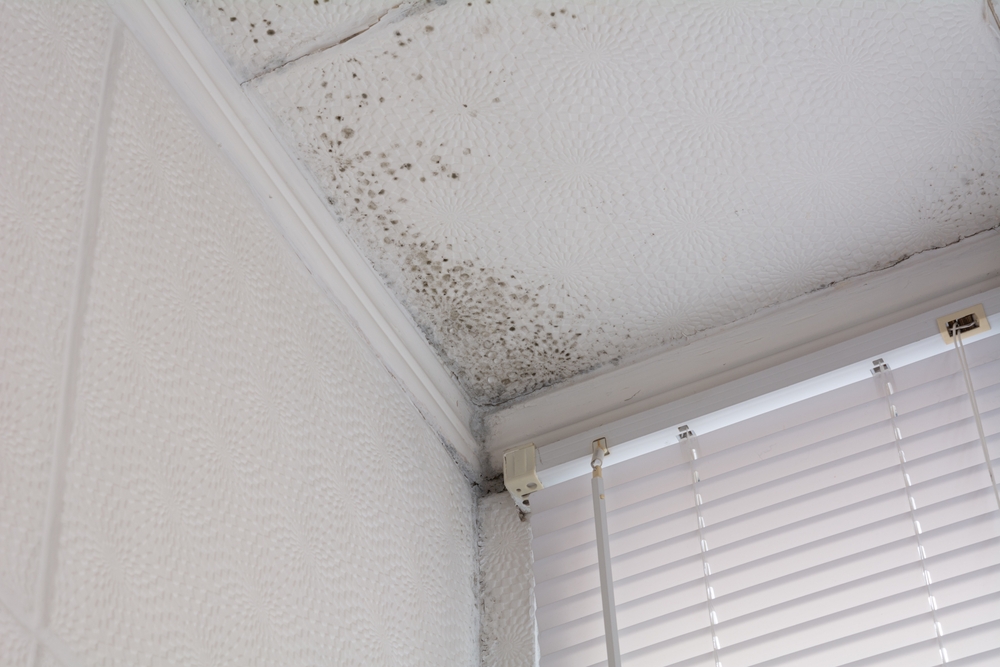
Homes with poor ventilation can trap moisture, leading to mold growth, increased indoor pollutants, and reduced air quality. Kitchens, bathrooms, and attics are common areas where ventilation is often lacking. Installing exhaust fans, improving airflow, and ensuring that vents are not blocked can significantly enhance indoor air quality and reduce moisture buildup.
Sump Pump Failures
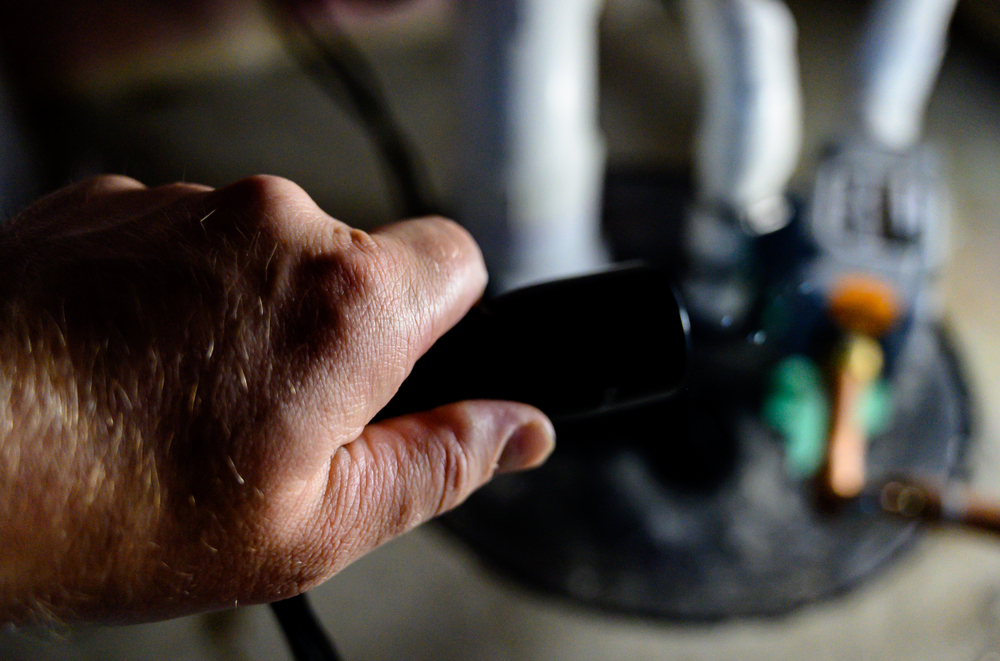
A malfunctioning sump pump can result in basement flooding during heavy rains. Many homeowners don’t realize their sump pump isn’t working until it’s too late. Testing your sump pump regularly, installing a backup battery system, and ensuring proper drainage can help prevent water damage and protect your home from flooding.
Carbon Monoxide Leaks
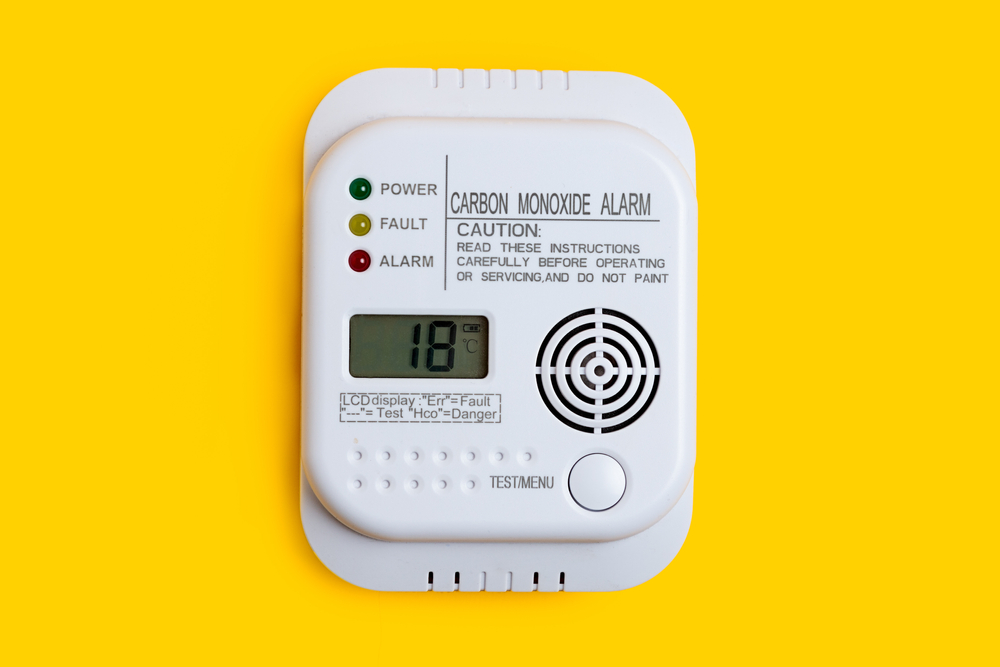
Carbon monoxide is a dangerous, odorless gas that can leak from faulty appliances, such as gas furnaces or stoves. Without proper detection, this gas can accumulate in your home and pose severe health risks. Installing carbon monoxide detectors and regularly maintaining gas appliances will help detect leaks early and keep your family safe.
Cracked Chimneys
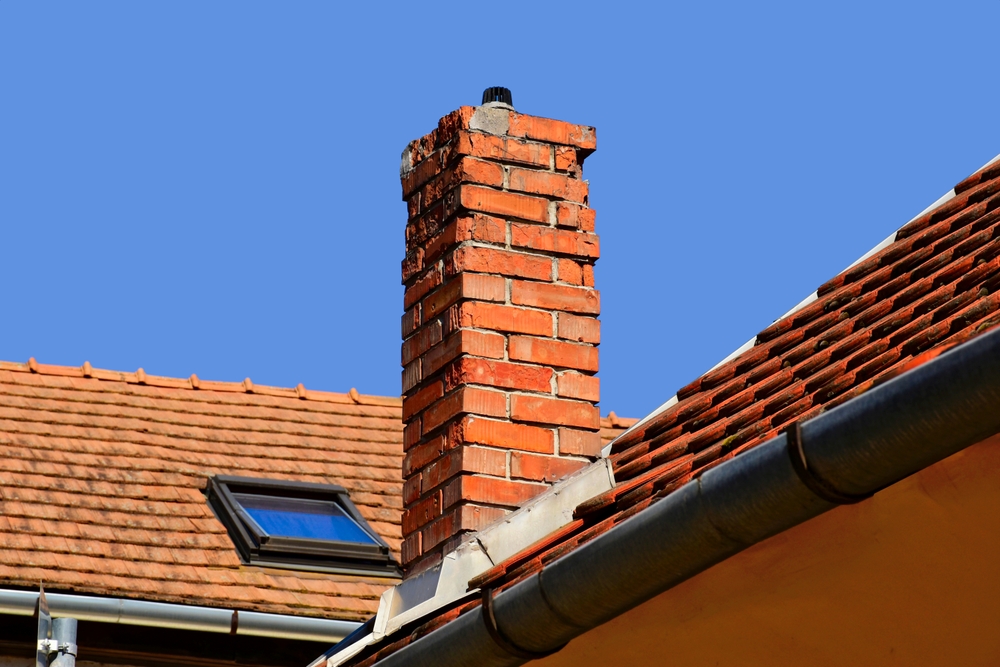
Chimneys can develop cracks due to weather exposure, which may lead to water infiltration and structural damage. These cracks can also allow dangerous gases, such as carbon monoxide, to enter your home. Regular chimney inspections and repairs are essential for maintaining safety and preventing water damage to your home’s interior.
Hidden Water Damage
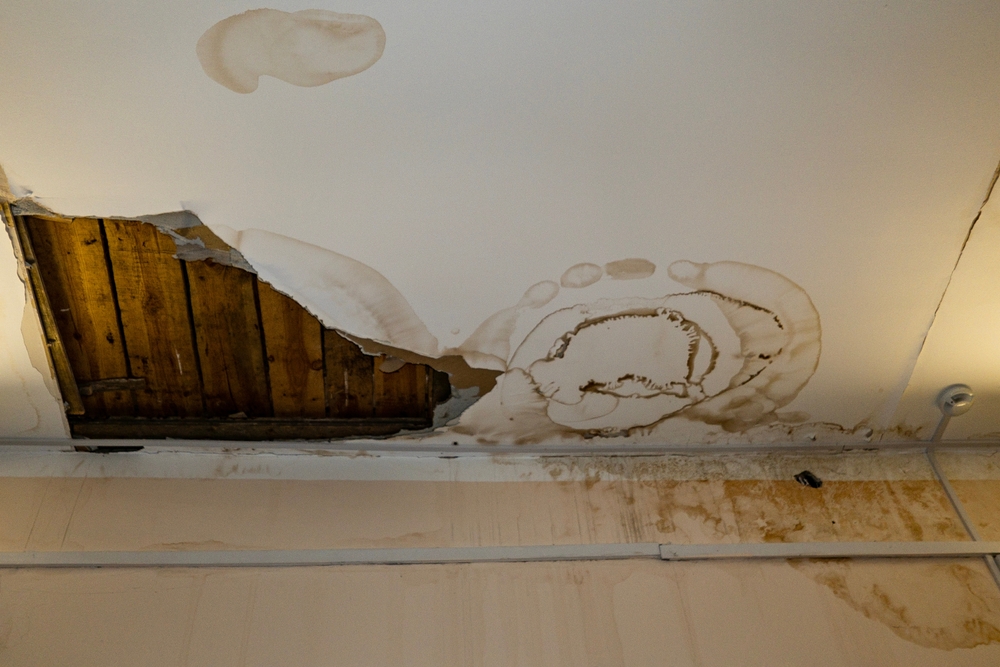
Water damage may be hidden behind walls, under floors, or in ceilings, often due to leaking pipes, roof leaks, or appliance malfunctions. Over time, this damage can weaken the structural integrity of your home and lead to mold growth. Addressing hidden water damage early by inspecting problem areas and using moisture meters can prevent costly repairs in the future.
Outdated Smoke Alarms
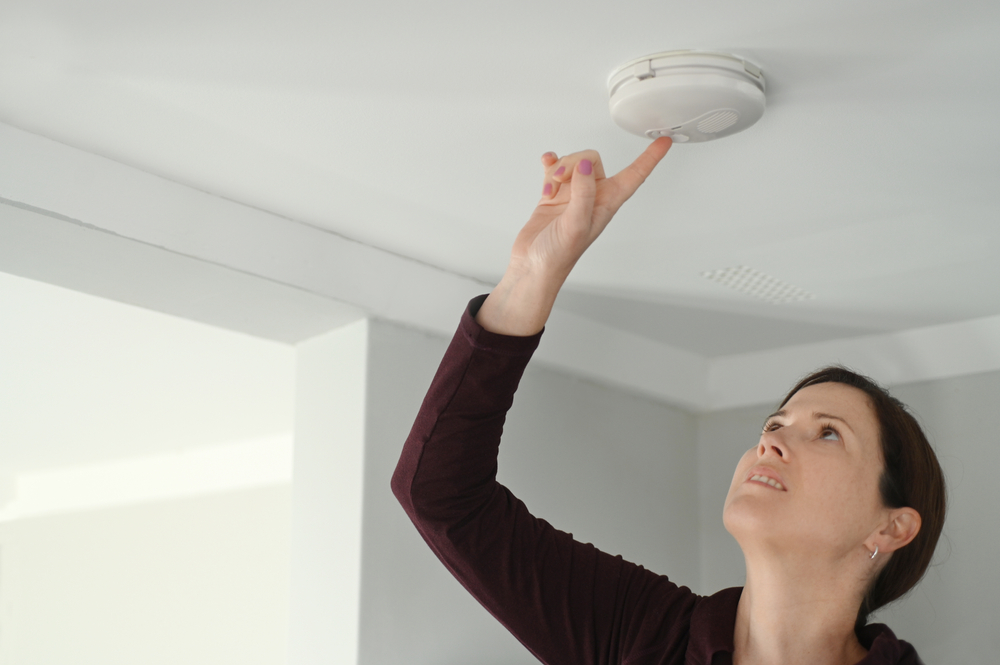
Smoke alarms are essential for home safety, but many homes have outdated or non-functioning alarms. Smoke alarms should be replaced every 10 years and tested regularly to ensure they’re working properly. Installing smoke alarms in every bedroom, hallway, and on each level of your home will provide early detection in case of a fire.
Cracked Driveways
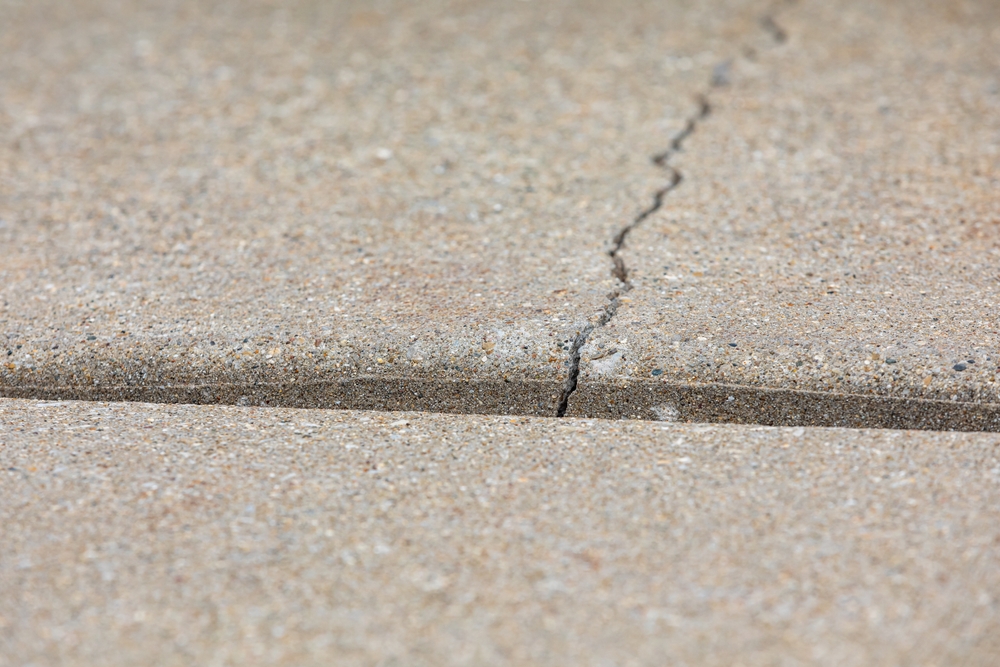
Cracks in your driveway may seem cosmetic, but they can lead to further damage over time. Water can seep into these cracks, freeze during the winter, and expand, causing more extensive damage. Sealing driveway cracks promptly can help prevent costly repairs and maintain the overall appearance and safety of your property.
Outdated HVAC Systems
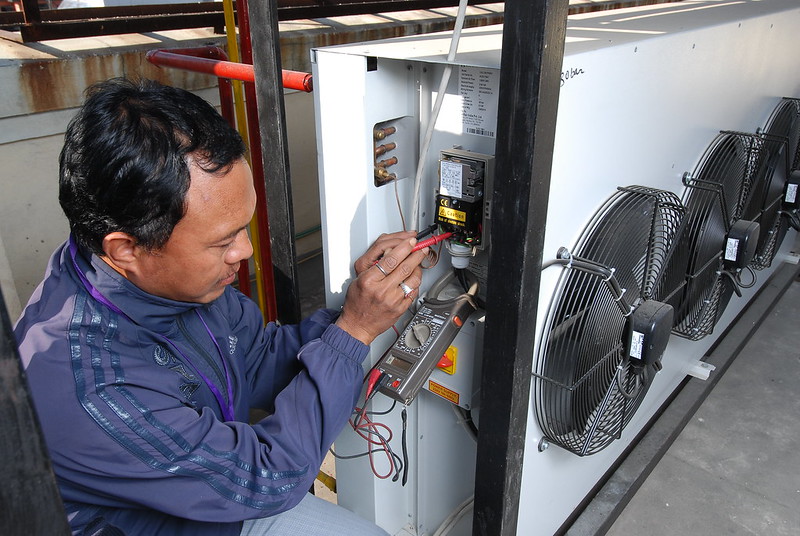
An old or inefficient HVAC system can cause poor air circulation, higher energy bills, and frequent repairs. Dust and dirt buildup can also reduce efficiency and lead to poor indoor air quality. Regularly servicing your HVAC system, replacing filters, and upgrading to a more energy-efficient model can improve air quality and reduce energy consumption.
This article originally appeared on UnifyCosmos.
More from UnifyCosmos
20 Harsh Realities About Retirement You Need to Know

Retirement isn’t always what we dream of. Many retirees face unexpected challenges. From financial struggles to health issues, the reality can be tough. Read more!
22 Ways Single Women Navigate Retirement Differently

Retirement can be a unique journey for single women. Financial planning often takes center stage as they rely solely on their own savings. Read more!
23 Innovative Ways to Spark Inspiration in Daily Life

Whether it’s trying something new or revisiting a forgotten passion, there are countless ways to reignite your creativity. Here are some innovative approaches to keep the spark alive every day. Read more!
Leave a Reply